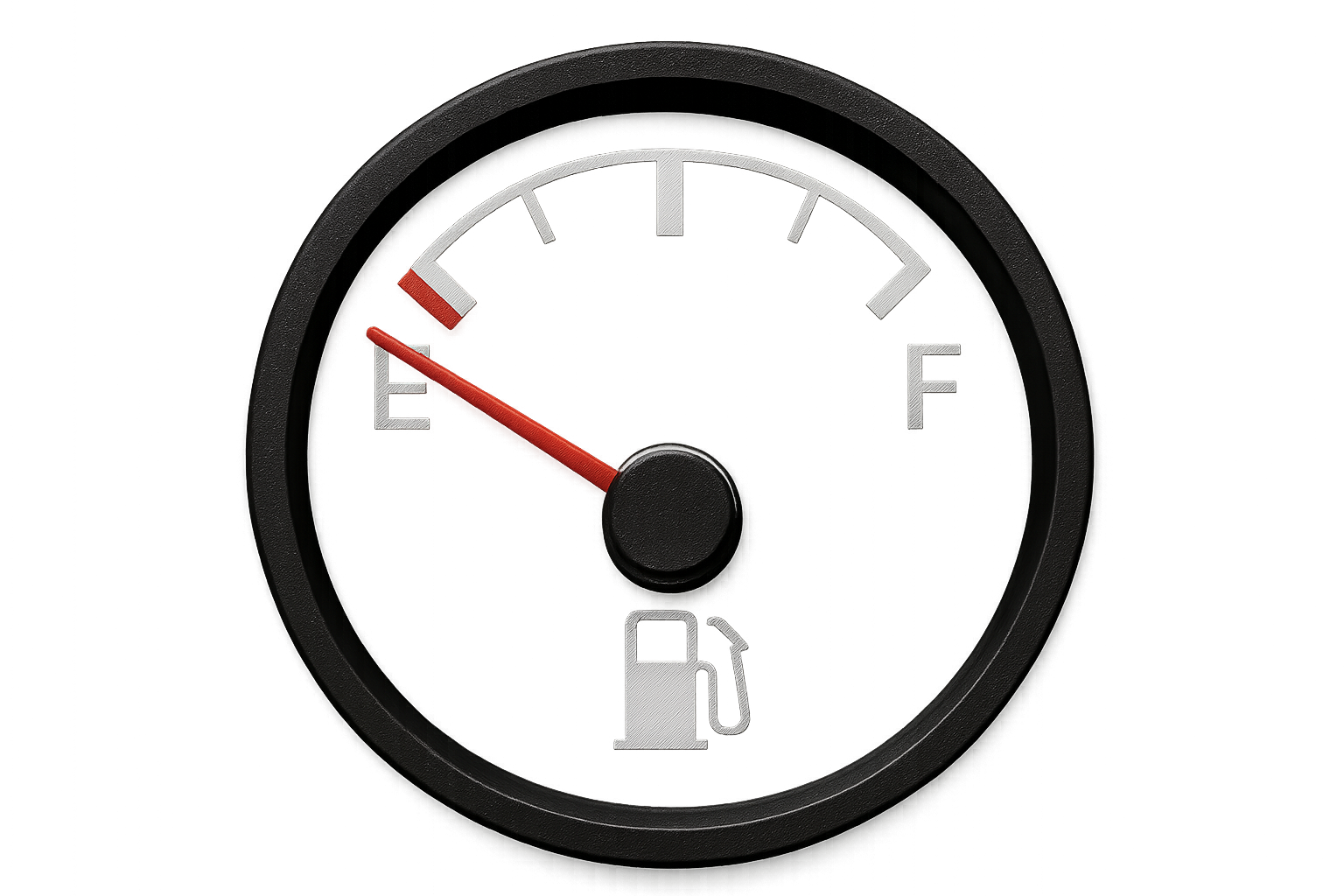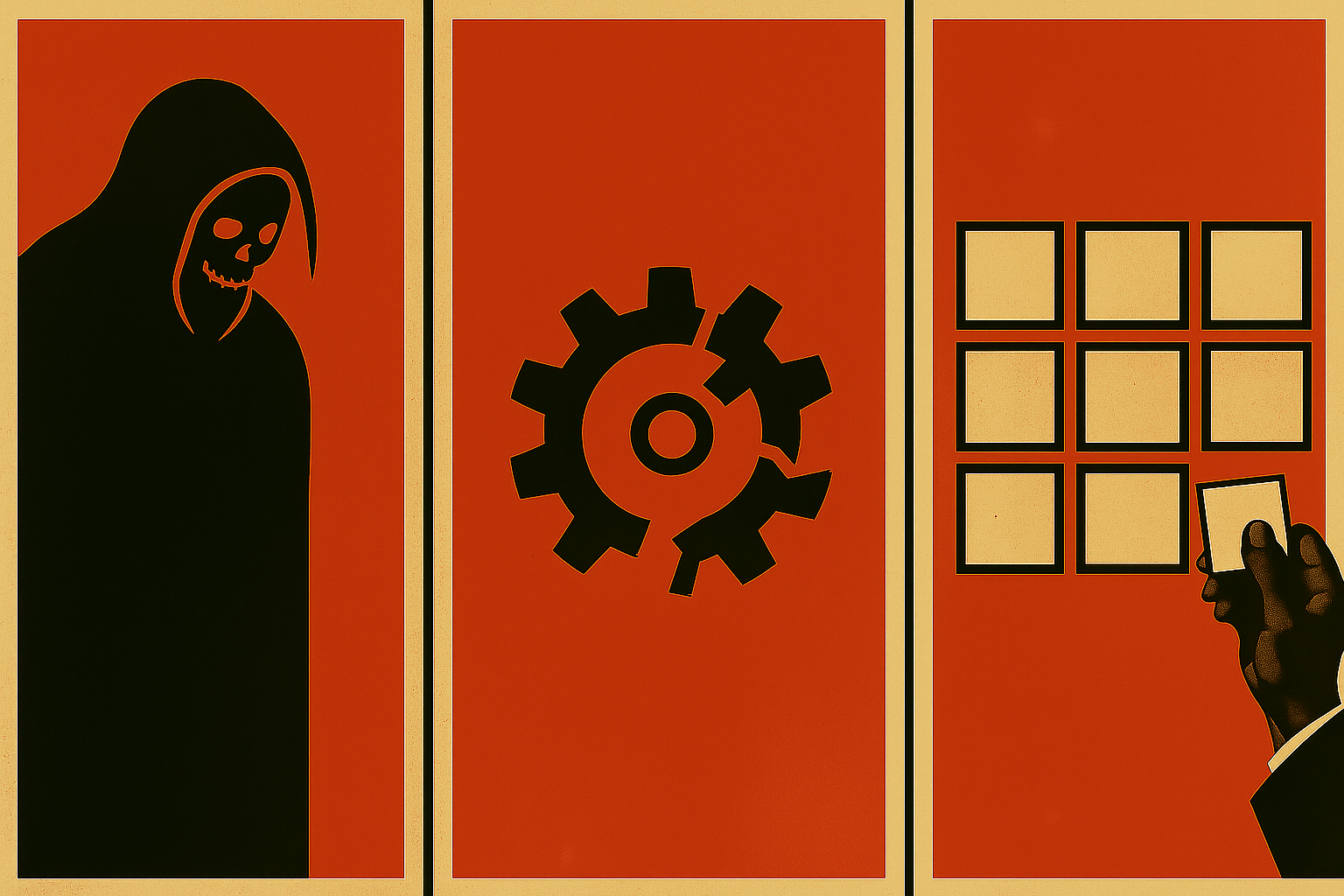This is the 6th post I’ve published here on Zen Against The Machine — and the 15th I’ve written and uploaded.
There were 9 posts I uploaded and later deleted. They were throwaway content — and that was deliberately done. It was part of a process.
Why Perfectionism Holds You Back
Perfectionism is your enemy. You’ve heard it before — ‘Done is better than perfect.’ It’s cliché because it’s true.
For most of us, me included, the instinct is to wait for the perfect idea, the ideal moment, the great piece of content, and to execute it to a level worthy of your own perfectionist criticism.
In a previous post, I described such a project that I started and then killed because of my pursuit of perfectionism.
If you wait for perfection, you never finish. If you never finish, you never fail, you never learn, and you never get better.
I faced the same challenge when starting this blog. I had a very vague idea of what I wanted this channel to be. I had no idea how to start it, but I knew I didn’t want this project to die due to chasing perfection.
Prioritize Output, Not Outcome
So, I sat myself down and gave myself one simple task: Publish.
Here’s what I told myself: “You’ve got an hour.” An hour to produce something. Not something great. Just something finished.
I knew an hour wasn’t enough for anything substantial. But it was good enough to put up a piece of throwaway content — something to be deleted later.
The goal was to have something up there no matter the quality. The following Monday, I repeated the process. Two pieces of throwaway content were now online. By the third week, there were three pieces.
I wasn’t worrying about quality, not overthinking. I was just getting something out there. I posted content I knew wasn’t good — content that was intentionally imperfect.
Why Throwaway Content Works
How do you get good at doing pull-ups? You start doing pull-ups.
The same applies to creating content — you start, even if it’s imperfect. The first few will be messy, maybe even painful, but you’ll get better by doing, not by waiting.
Just like with pull-ups, over time you will get better — but only if you keep to the routine.
When I started, I set my goal to publish. These posts weren’t meant to be good; they were just about forming a schedule. I knew they wouldn’t be perfect — and I didn’t care. They were throwaway content, meant for one purpose: to build the habit of publishing.
And here’s the thing: By my fifth throwaway post, I was refining my process. I no longer had to force myself to sit down and publish — the resistance had been squashed.
By my sixth post I found myself focusing on the content and refining my workflow. My first five pieces of throwaway content were my best teachers.
Creating throwaway content is just the beginning — building a routine is what drives momentum.
Build Momentum Through Routines
Throwaway content doesn’t necessarily mean bad content. I still worked to produce something worth sharing, but the focus was on finishing something within 1 hour.
The ultimate goal remained getting started, forming a routine, and building momentum. By putting something out there, no matter how imperfect, I achieved those goals.
As I create more, I get faster, more confident, and more focused. It is through consistent action — not perfection — that I am improving.
Sacrifice Perfection for Progress
Imperfection is a tool, not a setback. By letting go of perfection early on, you learn faster, adapt quicker, and get better with each post.
Sacrifice perfection. Focus on forming habits and routines in the early stages. Learn through doing. Start where you are, with what you’ve got, stumble, fail, and build from there. Sacrifice perfection in the short-term for long-term growth.
Take Action: Post Your Fast Five
Here’s your challenge: If you’re stuck, stop overthinking and start creating. Post five pieces of content — no matter how imperfect. Get them out there. Learn from them. Don’t be afraid of getting it wrong. The only way to get better is to start.
Start. Finish something. Doesn’t matter what, doesn’t matter how good, doesn’t matter how bad, it just needs to be done.
Post your first five pieces, throw them away, and move forward. Fail fast, learn faster, and get on the path to long-term growth.


